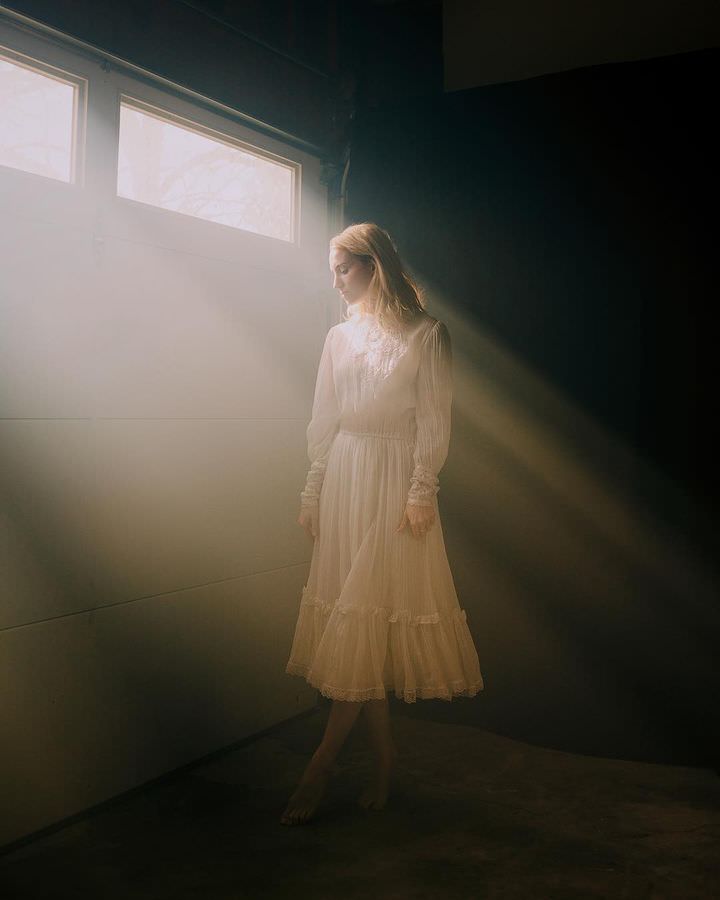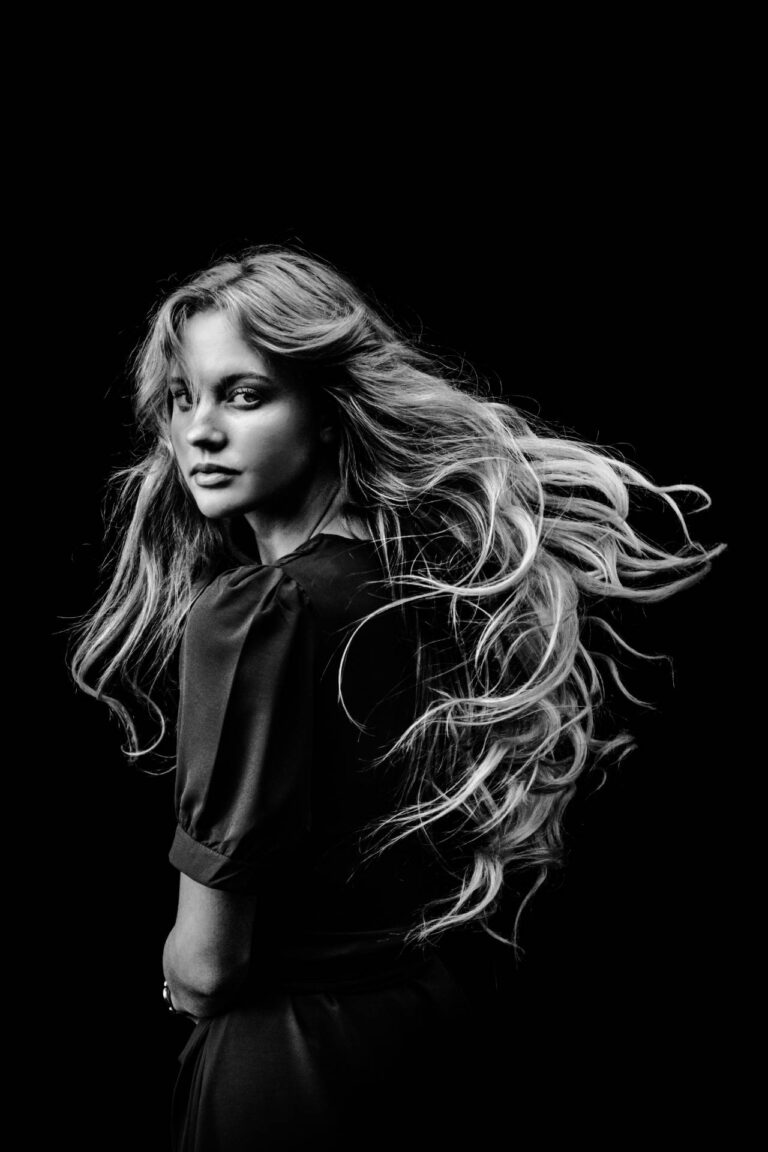How We Learn To See

editorials category
27 october 2024
The Birth of Cinema: A New Art Form Emerges
The moving image is a mesmerizing fusion of art, technology, and storytelling that has captivated audiences for over a century. From the silent films of the early 20th century to the visually stunning blockbusters of today, the evolution of this medium has been a journey of constant innovation and artistic exploration. The moving image, whether it be in film, television, or digital media, is more than just entertainment; it is a powerful form of art that reflects, critiques, and shapes society.
The history of the moving image began in the late 19th century with the advent of motion picture cameras. Early pioneers like the Lumière brothers and Thomas Edison experimented with capturing and projecting moving images, creating short films that were little more than moving photographs. However, it was Georges Méliès, with his 1902 film A Trip to the Moon, who first demonstrated the narrative potential of cinema. He used special effects, editing, and storytelling techniques to create a fantastical journey that captivated audiences and laid the foundation for cinema as a narrative art form.


As cinema evolved, filmmakers began to explore its artistic possibilities. Silent films like Charlie Chaplin’s City Lights and F.W. Murnau’s Nosferatu used visual storytelling, lighting, and composition to convey emotion and meaning. The lack of sound forced filmmakers to be innovative with visuals, leading to the development of a visual language that is still used in cinema today.
The Golden Age: Storytelling Takes Center Stage
The transition to sound in the late 1920s marked the beginning of Hollywood’s Golden Age, a period characterized by the dominance of studio-produced films and the rise of iconic stars like Humphrey Bogart, Katharine Hepburn, and James Stewart. During this era, the moving image solidified its role as a narrative art form, with films like Gone with the Wind and Casablanca becoming cultural landmarks.
Directors like Alfred Hitchcock, Orson Welles, and Billy Wilder pushed the boundaries of cinematic storytelling. Hitchcock, known as the „Master of Suspense,“ used innovative techniques like the dolly zoom in Vertigo to create tension and psychological depth. Welles‘ Citizen Kane, often hailed as the greatest film ever made, introduced groundbreaking innovations in cinematography, editing, and narrative structure. These filmmakers understood that the moving image was not just a way to tell a story, but a way to evoke emotion, provoke thought, and explore the human condition.

Cinematography, the art of visual storytelling through camera work, is a fundamental aspect of the moving image. The choice of camera angle, movement, and composition can dramatically alter the meaning of a scene. For example, a low-angle shot can make a character appear powerful or intimidating, while a high-angle shot can make them seem vulnerable. Cinematographers like Roger Deakins and Emmanuel Lubezki have mastered this visual language, using light, shadow, and movement to create stunning images that resonate emotionally with audiences.
Editing is another crucial element of cinematic storytelling. By carefully selecting and arranging shots, editors control the pace, rhythm, and narrative flow of a film. The famous „Odessa Steps“ sequence in Sergei Eisenstein’s Battleship Potemkin is a masterclass in editing, using montage to create tension and evoke a powerful emotional response. Modern editors continue to push the boundaries of this art form, experimenting with nonlinear storytelling, jump cuts, and other techniques to challenge and engage viewers.
